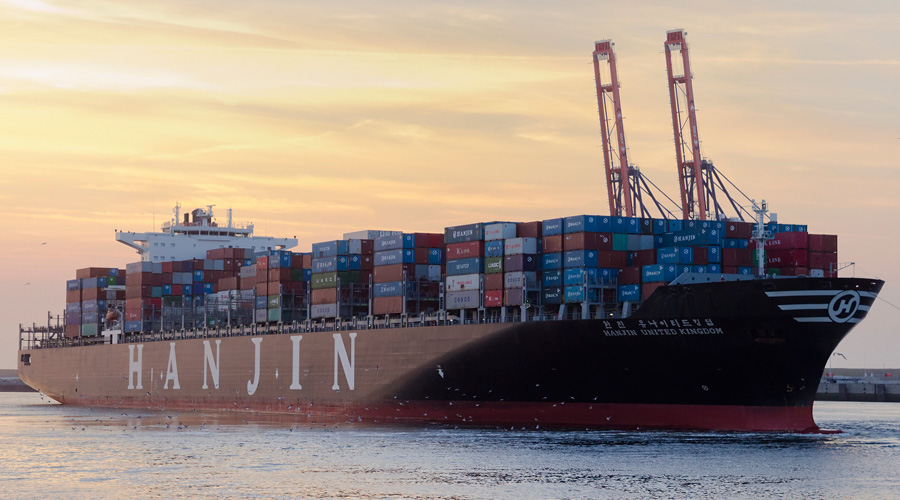By Thomas J. Ryan
A coalition of 120 organizations, including the National Retail Federation and Outdoor Industry Association, sent a letter to Commerce Secretary Penny Pritzker outlining their concerns around the Hanjin Shipping bankruptcy and urging her to bring about a resolution.
On September 1, the world’s seventh-largest shipper filed for bankruptcy protection in South Korea and sought similar status in dozens of countries globally to prevent seizures of ships and cargo. With its assets frozen, dozens of its ships carrying an estimated 500,000 containers have been either seized by creditors or blocked from unloading at ports, as dock workers and tugboat pilots are concerned about not being paid.
“U.S. businesses rely on predictability in their supply chains, particularly during the busiest shipping season of the year,” wrote NRF and the other coalition members that also included industry groups supporting manufacturers, agribusinesses and other sectors, in the letter. “The recent bankruptcy filing has caused widespread disruptions in freight shipments worldwide. The impact on small and medium sized companies could be particularly devastating if this situation is not resolved in a timely manner.”
Among the concerns detailed in the letter is ongoing confusion about the location of cargo, where it will be unloaded and whether a cargo owner’s goods will be seized by Hanjin’s creditors once the ships are docked. Shippers are also facing both higher fees to pick up cargo as well as steadily increasing freight charges as they look for new transportation options.
The letter thanks Secretary Pritzker for her outreach to the business community thus far and urged her to “continue to work with the South Korean government to bring about a swift and economically beneficial resolution that will allow cargo to move through the global supply chain and give certainty to U.S. businesses.”
The bankruptcy filing was traced to challenges dating to the 2008 global financial crisis as well as the subsequent economic downturn in Europe and a slowdown in China. On August 30, the Korean Development Bank and cooperating lenders cut off a deferred payment arrangement, precipitating the bankruptcy filing.
One encouraging development is that Korea Development Bank (KDB), the lead creditor of Hanjin Shipping, said on Thursday it will offer a ₩50billion ($45 million) credit line to resolve Hanjin’s unloading of stranded cargo. Other loans pledged from top shareholder Korean Air Lines, Hanjin Group’s chairman and a former Hanjin Shipping chairwoman are also expected to help in that effort.
But the amounts are still expected to fall well short of the ₩270 billion ($242 million) a Seoul central district court judge estimated it would be needed to clear all the cargo. 31 of Hanjin’s 97 leased and owned container ships have completed unloading, Hanjin Shipping data showed.
All chartered vessels have been ordered to be returned to their owners, but dozens remain waiting at sea while funds are raised and protection from creditors is organized. Hanjin may be transformed into a much smaller company. But with debt of about ₩6 trillion ($5.4 billion) at the end of June and the South Korean government’s reluctance to lend support, prospects for liquidation remain high.
According to the latest monthly Global Port Tracker report released by NRF and Hackett Associates, import cargo volume at the nation’s major retail container ports should still be at near-peak levels in September.
Photo courtesy Hanjin Shipping
















